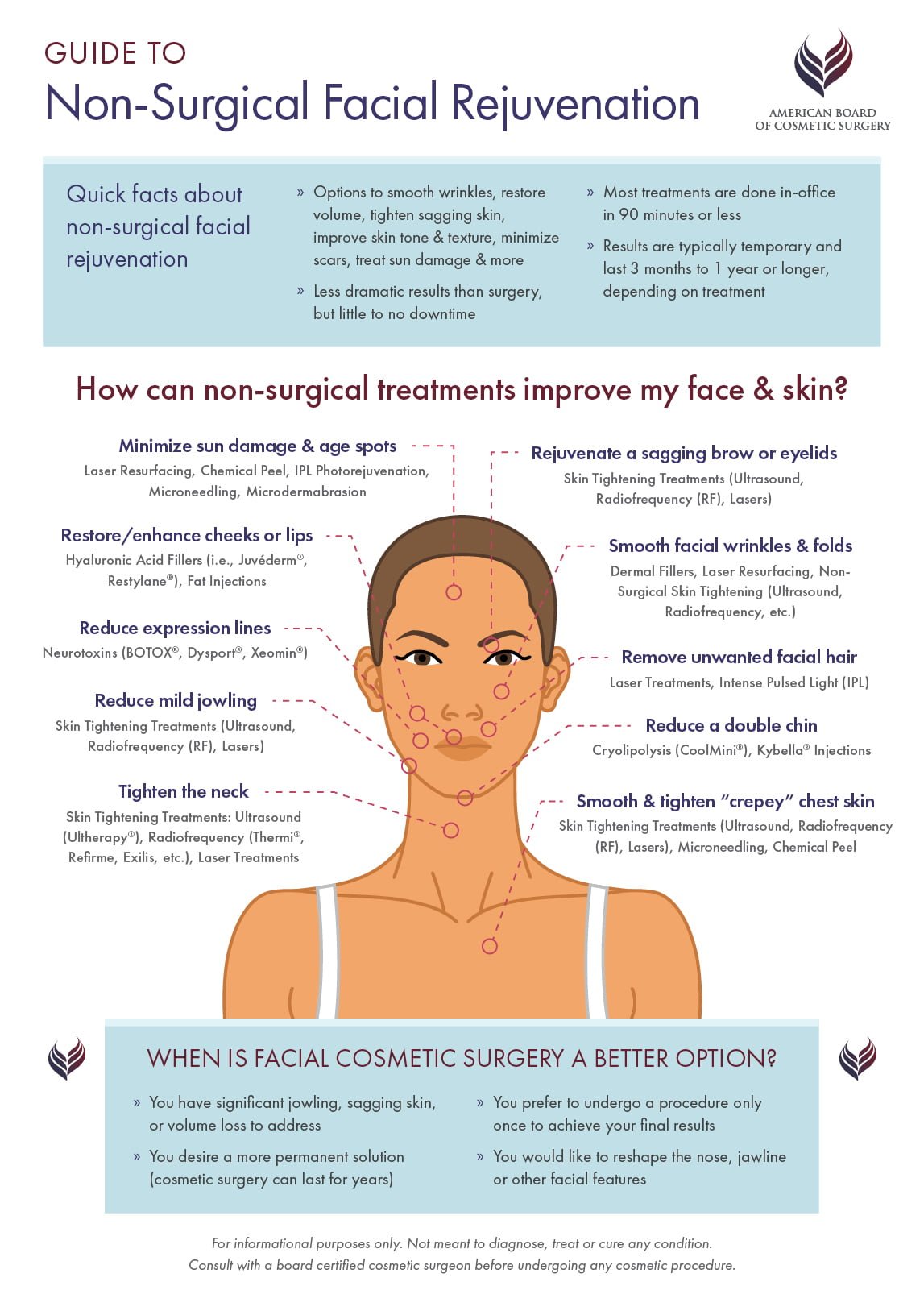Does Vitamin C Help Acne Scars
Does Vitamin C Help Acne Scars
Blog Article
How Does Photodynamic Treatment (PDT) Work?
Photodynamic treatment (PDT) combines a light-sensitive medication with special light to kill malignant and precancerous cells. Your physician places the medication on your skin or inside your eye and afterwards radiates a light on the therapy area.
This mix eliminates cancerous cells and spares healthy and balanced cells. Yale Medication pulmonologist George Eapen, M.D., discusses how this works.
The Photosensitizer
Photodynamic treatment (PDT) makes use of a combination of light and a medicine called a photosensitizer to kill cancerous or precancerous cells and spare healthy and balanced cells. You get an injection of the photosensitizer, which is after that turned on by light in your body. The photosensitizer is taken in by both healthy and cancerous cells but isn't poisonous up until it is triggered by the light.
Light-absorbing molecules, known as photosensitizers, are located in plants and pets, including humans. There are several photosensitizers, however many are able to soak up a certain variety of light wavelengths.
Once the photosensitizer is revealed to a light with a coordinating spectral range, it's transformed from its ground state into an excited singlet state. This allows it to move energy to molecular oxygen, generating singlet oxygen and cost-free radicals that mediate cellular poisoning.
The Light
During therapy, an unique light is radiated on the area where the photosensitizer was used. This light activates the medicine and ruins cancer cells or precancerous cells that it has targeted.
The drugs that are made use of in photodynamic therapy have different absorption properties and several of them may take hours to leave normal cells yet stay longer in cancer or precancer cells. This procedure enables the doctor to target cancer cells extra exactly than other types of therapies that utilize visible light, such as lasers or electrocautery [54]
Photodynamic treatment can treat the earliest spots of sunlight damages known as actinic keratosis and can decrease skin cancer cells advancement in people at high risk for creating the problem. It is likewise an option for some people with damp type age-related macular degeneration, which is an usual root cause of loss of central vision in older grownups. It can not bring back the loss of vision caused by this condition, however it can slow down the development of irregular blood vessel development that creates wet AMD.
The Activation
Photodynamic therapy (PDT) makes use of a medicine and light to treat cancer cells and other skin conditions. It targets precancerous cells and eliminates them. Unlike other cancer therapies that shed and damage, this therapy kills precancerous cells while sparing healthy and balanced cells.
The photosensitizer is supplied right into the skin with topical, oral or intravenous administration. It is absorbed by microdermabrasion the tumor cells and turned on when revealed to light of a details wavelength. This causes a series of photochemical reactions that produces reactive oxygen species (ROS) that damages lump cells and kill cancer cells.
PDT is most often used to treat actinic keratoses and in situ squamous cell carcinoma (Bowen condition). It can additionally be made use of to deal with various other kinds of skin cancer cells, including shallow basal cell carcinoma. It can be made use of alone or with various other therapies, such as surgical treatment or radiation. It can even diminish tumors in the lungs, allowing surgery or other treatment to be secure and reliable.
The Therapy
PDT functions ideal in tiny uncommon locations of cells that a source of light can get to, such as the skin, eyes, mouth or food pipe (oesophagus) and lungs. It is likewise used to treat precancerous growths, such as actinic keratoses, which are sun-damaged cells that can turn into cancer cells.
Medical professionals carry out the photosensitizer as a lotion or shot, and after that radiate a light on the treatment area. The light damages the uncommon cells. While healthy and balanced cells take in the photosensitizer, it remains longer in cancerous cells.
After the procedure, your body normally takes care of the dead cells. People with lung cancer cells might experience divulging blood or have a bronchoscopy to get rid of the lungs of the dead cells. In some cases, your doctors may use a bronchoscopy to remove the photosensitizer from the lungs as well if it causes major signs and symptoms. It's important to remain inside your home and use sun block when you go outside while the photosensitizer is in your system.